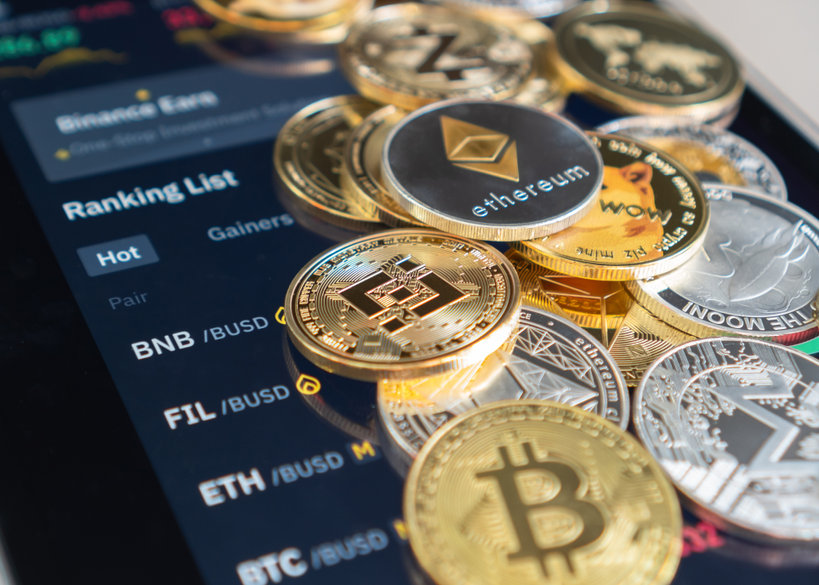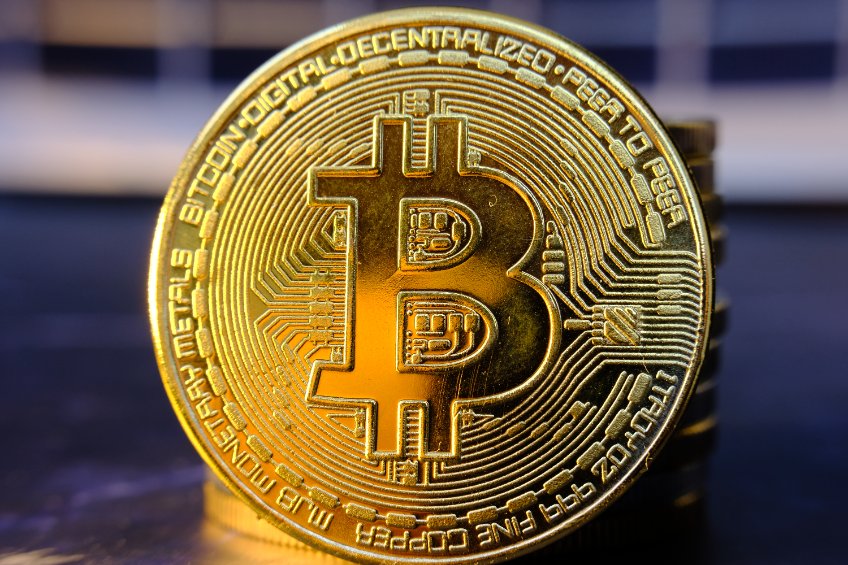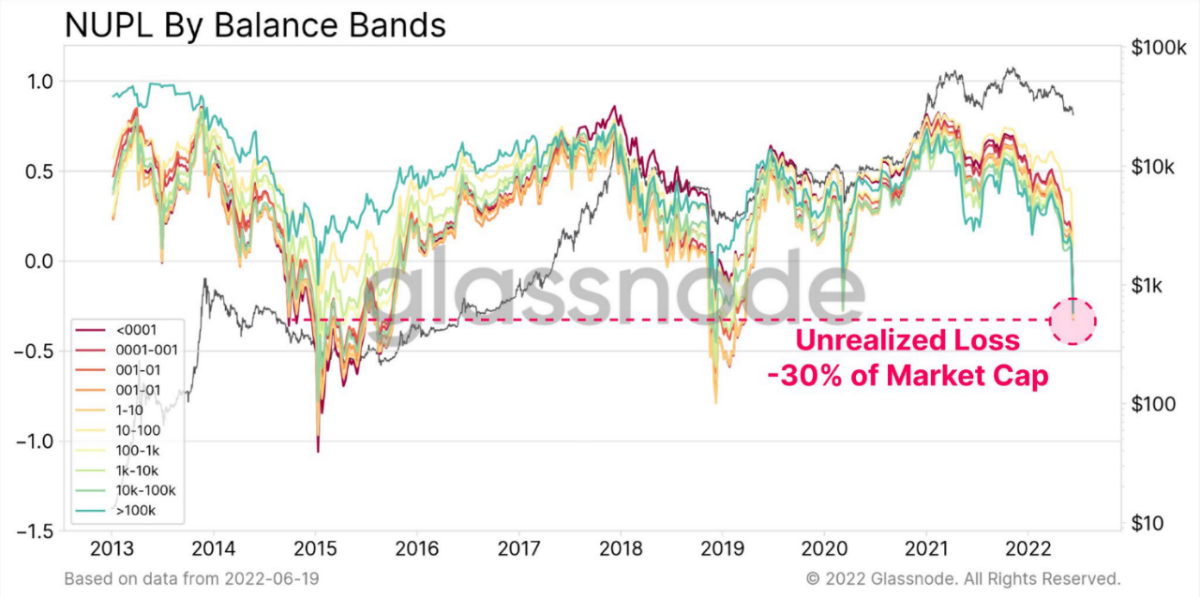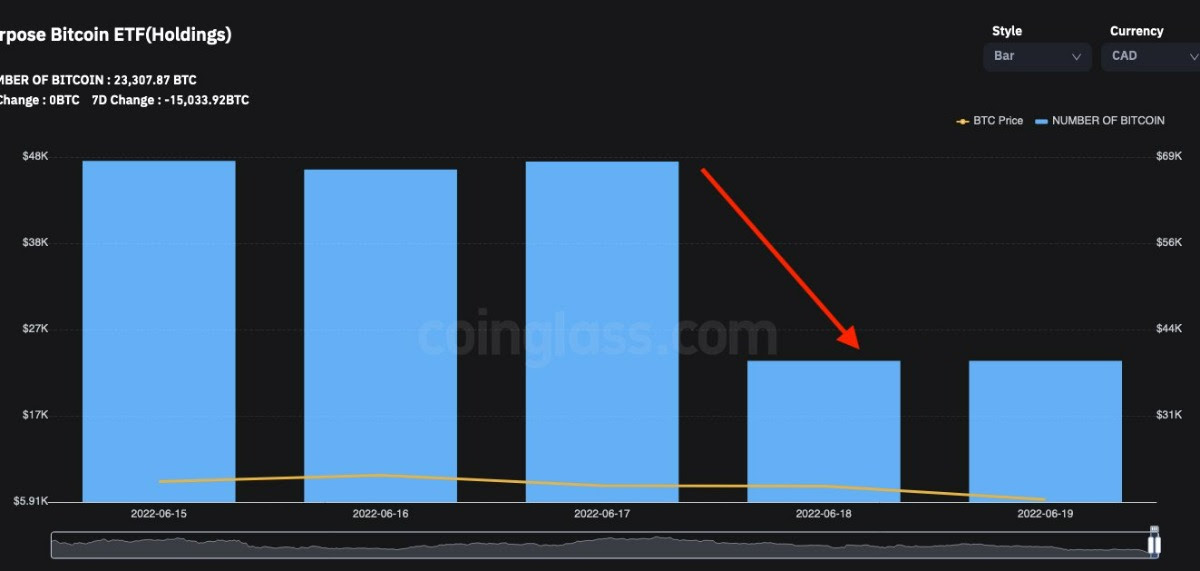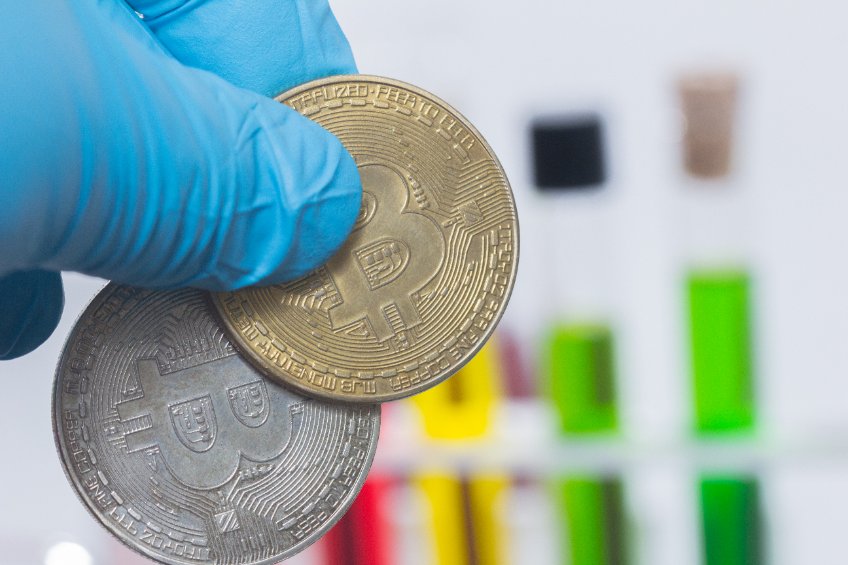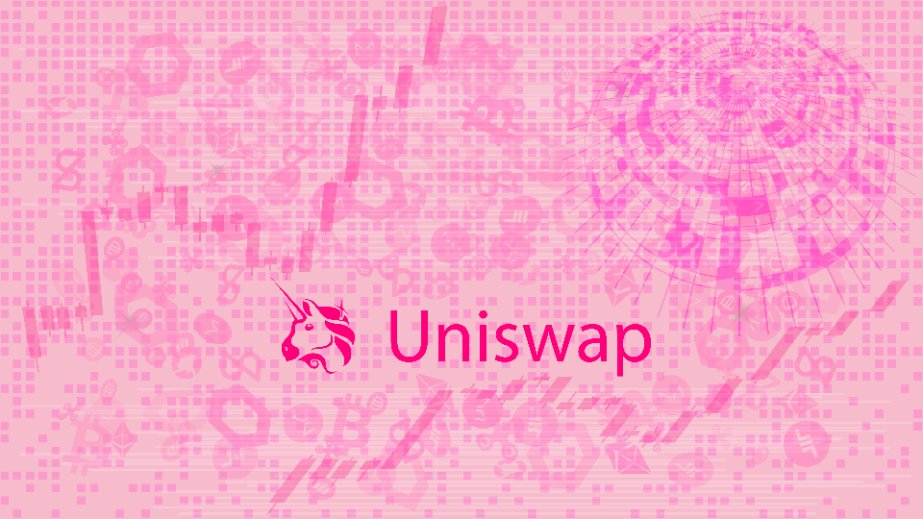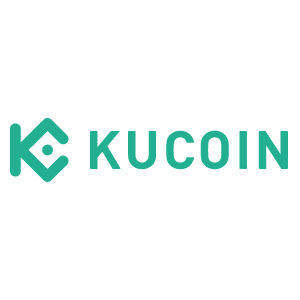
-
KuCoin Token (KCS) is the native token of the KuCoin Community Chain (KCC)
-
KCS offers holders trading discounts, the opportunity for daily passive income and other bonuses
-
KuCoin repurchases and burns KCS monthly with 10% of its revenue
-
There is nearly $50 million of TVL on KCC, with many DApps emerging
What is KCS?
KCS is a utility token native to the KuCoin platform. Launched in 2017, KCS carries various utility for hodlers. Firstly, a trader using the token to gas fees will enjoy a 20% discount. A user who holds more KCS will also receive more benefits, while bonuses are available which are anchored to both holdings and the trading volume of the wider KuCoin exchange.
KCS is essentially a bet on the KuCoin exchange. If the KuCoin exchange grows, KCS is likely to spike, too. KuCoin is the third biggest exchange according to CoinMarketCap. Over 8 million users in 207 countries and jurisdictions across the globe access KuCoin services, including hundreds of digital assets and cryptocurrencies.
The range of products offered is vast, including Spot trading, Margin trading, P2P fiat trading, Futures trading, Staking and Lending. KuCoin also announced a $20 million Round A funding in November 2018, with participation from IDG Capital and Matrix Partners.
KuCoin also repurchases KCS from the secondary market monthly with 10% of the platform’s revenue. This purchased KCS will be burned, deflating supply. KuCoin has already completed 27 burns.
Finally, to provide better support for the development of the KCS ecosystem, the EIP-1559 and the KCC fee mechanism of base fee + priority fee will be introduced into the KCS Deflation Mechanism. This will cause the basic fuel fee to adjust dynamically according to the congestion of the KCC network.
KCS is listed in several places, including Kucoin, MXC, Poloniex, Probit, AscendEX (formerly Bitmax).
Spotlight & Burningdrop
By holding KCS, investors gain the right to participate in token sales the token sale on KuCoin Spotlight, which is the token launch platform on KuCoin.
KuCoin Spotlight has launched over 20 projects, with highlights including CWAR and HOTCROSS.
Secondly, BurningDrop is a fair token distribution platform that has supported the token distribution of a wide range of blockchain start-ups, which KCS holders can participate in. Through locking or designating crypto assets, users can increase their computing power for additional token distribution.
KuCoin Community Chain
The KCS token is the fuel on which the KuCoin Community Chain runs. KCC runs via a Staked Authority (PoSA) consensus mechanism, displaying stout performance, high throughput, low transaction costs, low latency and strong security and stability. Additionally, the PoSA helps keep block confirmation duration to 3 seconds.
The on-chain TVL currently amounts to about $50 million, and the number of wallet addresses is over 300,000.
KCC focuses on the following areas:
-
Building a basic toolchain for the blockchain
-
Connecting the centralised and the decentralised
-
Building a global open developer platform
-
Building a decentralized autonomous community
-
Building cross-chain interoperability protocols
-
Expanding the capacity to manage the added load
DeFi, NFTs, Web3 projects, and gaming are also target areas for the KuCoin ecosystem.
KCS Management Foundation
The KCS Management Foundation is responsible for the development, decision-making, investment, and application of KCS and is currently working on the research and development of various centralised and decentralised applications.
In the future, the KCS ecosystem – comprising the KuCoin core team, the KCC GoDAO Foundation, investment institutions, angel investors, and representatives of the KCS Holder Community – will establish more efficient, autonomous and community-based protocols and tools and will gradually remove power from the KCS Management Foundation.
Eventually, the GoDAO community will take over management completely.
Other KCS Use Cases & The Future
KCS can also be used to purchase a wide variety of goods and services online and offline. Fields containing merchants and digital payment providers that support this token include online shopping, hotel reservations and online games.
For KCS to achieve its goal, it has to work together with KuCoin Exchange and KCC to develop a payment system that can serve its users across the world. This payment system should connect all projects with the KCS ecosystem. It should also be involved in myriad transactions such as derivatives trading, new coin launches, stablecoins, lending, NFT transactions, and the KCC ecosystem’s transactions.
The post Analysis: How KuCoin stands out compared to its broker peers appeared first on CoinJournal.
